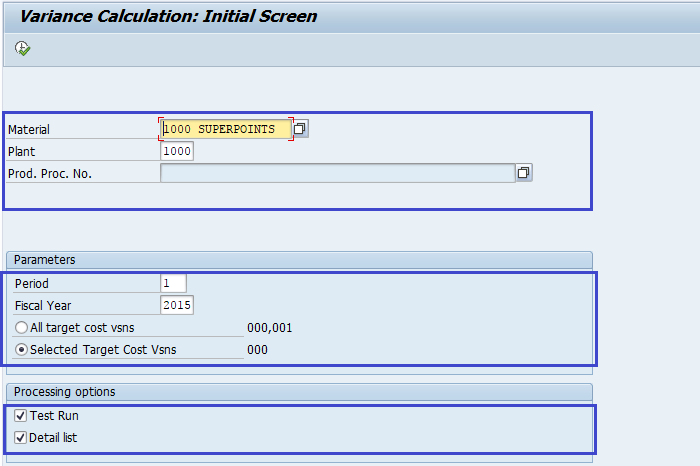SAP Calculations are employed before any development is built to determine its energy efficiency. They also make sure that new builds are compliant with the latest energy standards. A SAP calculation will provide an estimate of the amount of energy a property uses and how much it will cost to run. SAP calculations are required for new constructions, however they could also be required for conversions or extensions to existing homes.
It is a government-approved method
SAP Calculations are a government approved method for assessing the energy efficiency of buildings and homes. They are required for both renovation and new construction properties. They determine the energy efficiency performance and suggest improvements based on the information collected. The calculations consider the building fabric, services and renewable technologies. These calculations are typically completed after construction or during the design phase.
SAP calculations begin by measuring the thermal factors and computing the dimensions of the property. These calculations include the U-Value calculation that measures the thermal efficiency of the components of a structure. These variables are then used to calculate the heating and cooling demands of the building. These calculations also consider the performance of windows and doors that are part of the thermal elements.
It’s not just for new builds
SAP Calculations are not just for new builds, they can be used to evaluate the energy efficiency of existing homes. Calculations are based upon the performance of different components of the thermal. The SAP assessor utilizes the specifications provided by the client to determine the performance of these elements. sap calculation are then entered into SAP software. Once the calculations are complete the assessor can then evaluate the home’s energy performance against the central database to find out the energy efficiency of the home.
The calculations are based on the architectural plans and measurements as well as calculations. The SAP is required for every individual property, and there are two types of SAP. The first is designed for new construction homes, while those in existing homes use the second. Both SAP and Part L assessments are essential for compliance with Building Regulations.
It’s not only for extensions
If you’re planning on building an extension on your property, it is important to be aware of the rules concerning the extension. SAP Calculations are required in certain circumstances, but not for all. Building regulations for new builds require you to take into consideration the size of windows as well as other openings. You can use SAP Calculations to help you to comply with building regulations and ensure that your extension is the most energy efficient possible.
An SAP calculation is required if the building regulations for your extension contain excessive glazing. This is true if the glazing covers more than 25% of the floor area like an elevation or roof that is glazed. Extensions to residential properties aren’t usually subject to the same regulations that new buildings are. It may be possible to incorporate existing features into the design. However, this kind of calculation will be needed to prepare your Energy Performance Certificate.
It’s for renewable technology
SAP Calculations are a government-approved method of comparing carbon and energy efficiency of homes and buildings. These calculations are based upon standardised assumptions that allow for comparisons of like-for-like properties. The calculation factors in space heating and hot water demands and ventilation, as well as appliances, and lighting. The calculation also takes into account the energy consumption of cooling systems.
Many factors influence a SAP calculation. Certain of them are out of the developer’s control. The size of the boiler and the junctions between the floor and wall can have a significant effect. Another factor is whether the property is connected to gas mains. If there isn’t, alternative fuels are utilized, which can raise the cost and CO2 emissions. However the calculation assumes presence of a gas mains system.
It is for building regulations
Are you thinking of building a new house? SAP Calculations are crucial. These calculations take into consideration the design phase and decide how efficient your new house will be. If your home is not energy efficient, it’s going to need to be altered or redesigned to be in compliance with building regulations. If your home meets these regulations, you will be given a predictive energy assessment (PEA) that will provide you with the amount of energy is required to run your new house.
SAP calculations use mathematical models to determine the efficiency of a structure, which in turn compares it to an imagined building that is similar in size as well as location and design. SAP calculations also utilize “notional values” to calculate the target emission rate. This is an indication of carbon dioxide emissions from the building.


